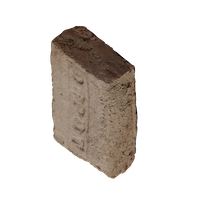About Us
The built environment is a site of material exchange; a potential urban mine. Brick, stone, wood, metal, and even excavated soil on construction and demolition (C&D) sites are literally matter out of place — situated somewhere between building and debris, awaiting future harvest. C&D waste is in fact routinely salvaged, transported, sorted, cleaned, labeled, stored, and recombined for future recirculation. Such laborious local practices exceed the scopes and budgets of construction, yet are crucial in taking stock of an industry overwhelmed by extraction.
Construction has long been known as a growth industry, where material expenditure is geared towards ever greater Gross Domestic Product (GDP). We offer another definition: gross domestic practices (gdp), a total-practice approach that recognizes building maintenance, waste work, ecoservices, and the material limits of growth. gdp stands for a post-extraction world where product is not the key economic driver, but rather, local processes that support the continual unmaking and remaking of the built environment.
Mission & Values
Architecture’s secondary material economy is energetic, local, organized — and it already exists. Like many others in the turn towards collective circularity, we call for an expanded architectural practice of resourcefulness — including sourcing used, irregular materials in contingent supply. The design and construction industries need to:
(1) decentralize its resource management,
(2) invest in design tolerances, and
(3) revalue the lively labor of salvage, currently obscured by the commodity fetish of building-as-product.
